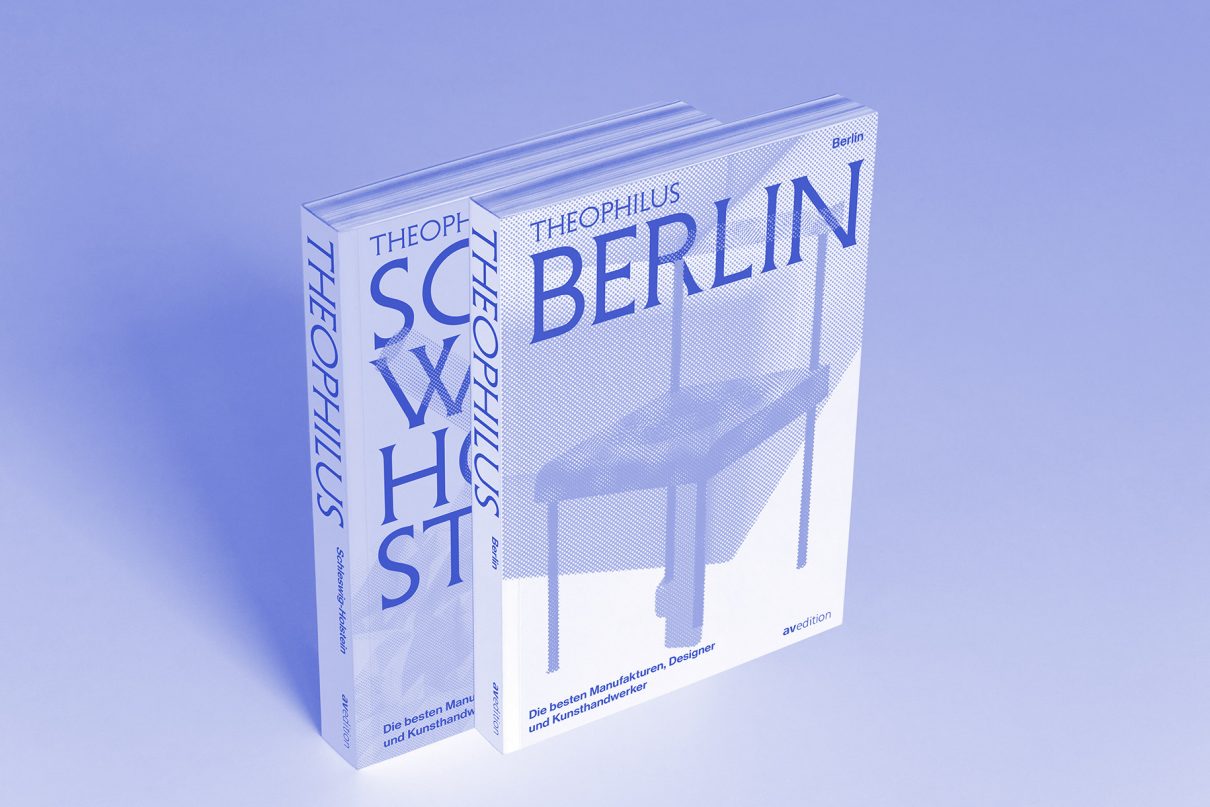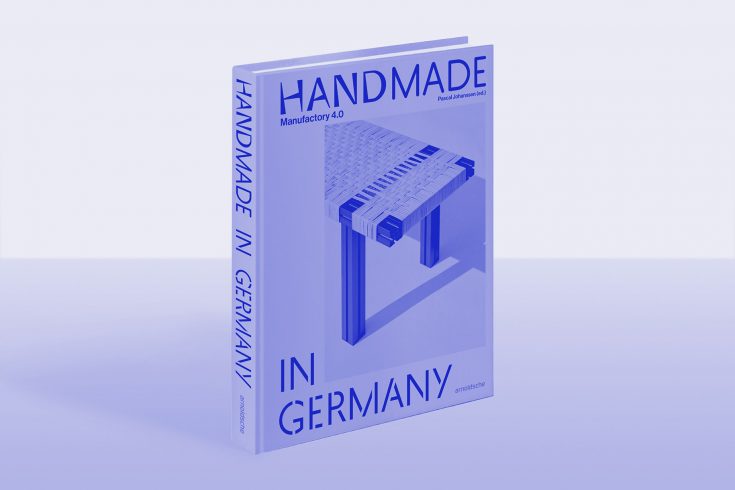The name Theophilus goes back to the original, the “Theophilus” of the 12th century. The long lost work was discovered in 1770 by Gotthold Ephraim Lessing. Theophilus was the “Enzyklopädie des deutschen Kunsthandwerks”, written by Theophilus Presbyter, a Benedictine monk from Cologne.
His work presented German workshops and various styles of craftsmanship. The new Theophilus picks up this thread again and presents today’s arts and crafts on around 500 pages.
The manufactories are arranged geographically and thematically. Maps, places, products, prices, personal life views of the manufactory owners and other information are displayed clearly and can be found quickly. Despite the large volume, the book is a handy cultural travel guide for tours to still undiscovered places throughout Germany.






